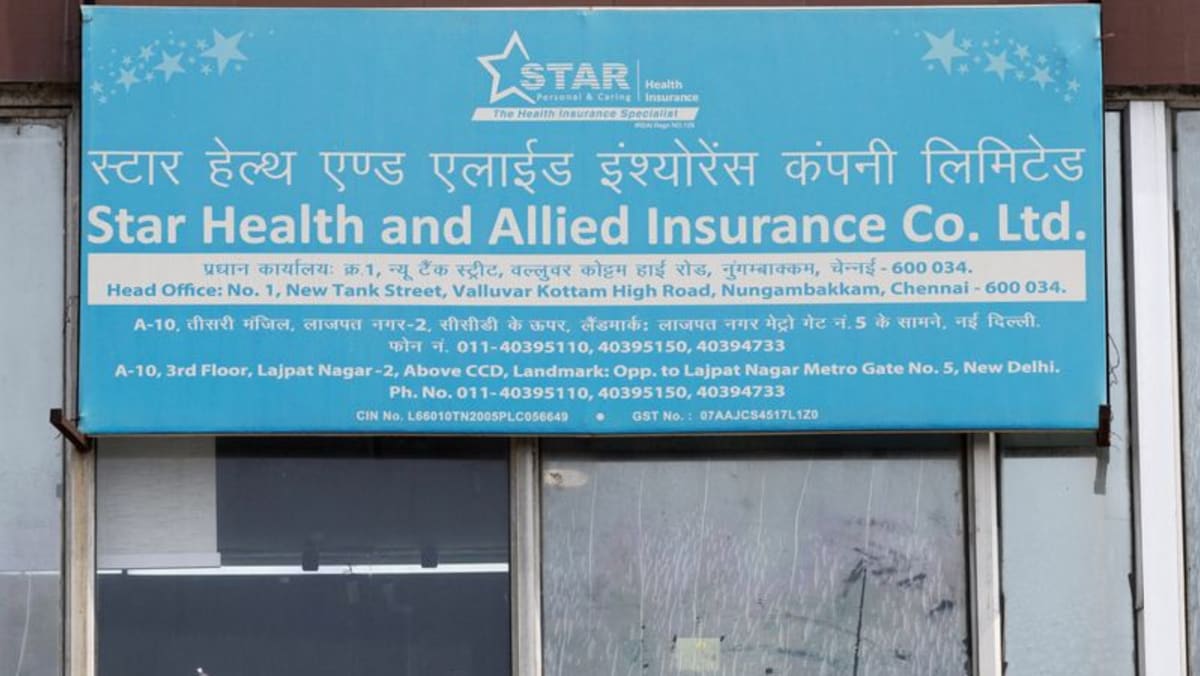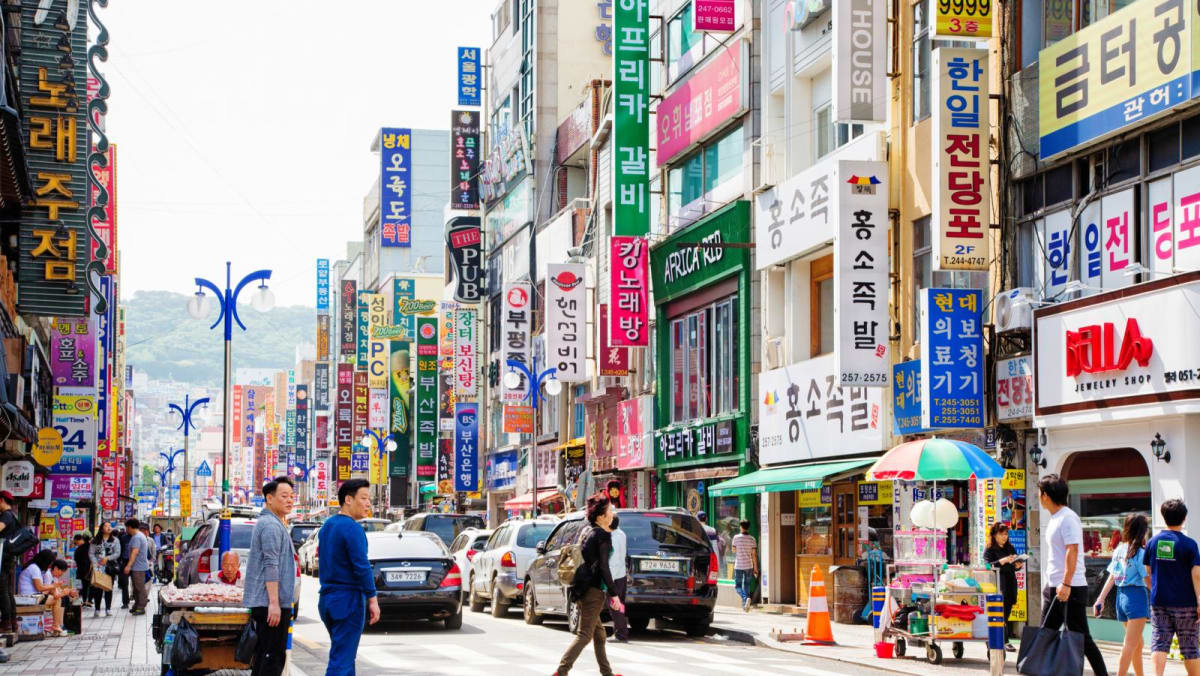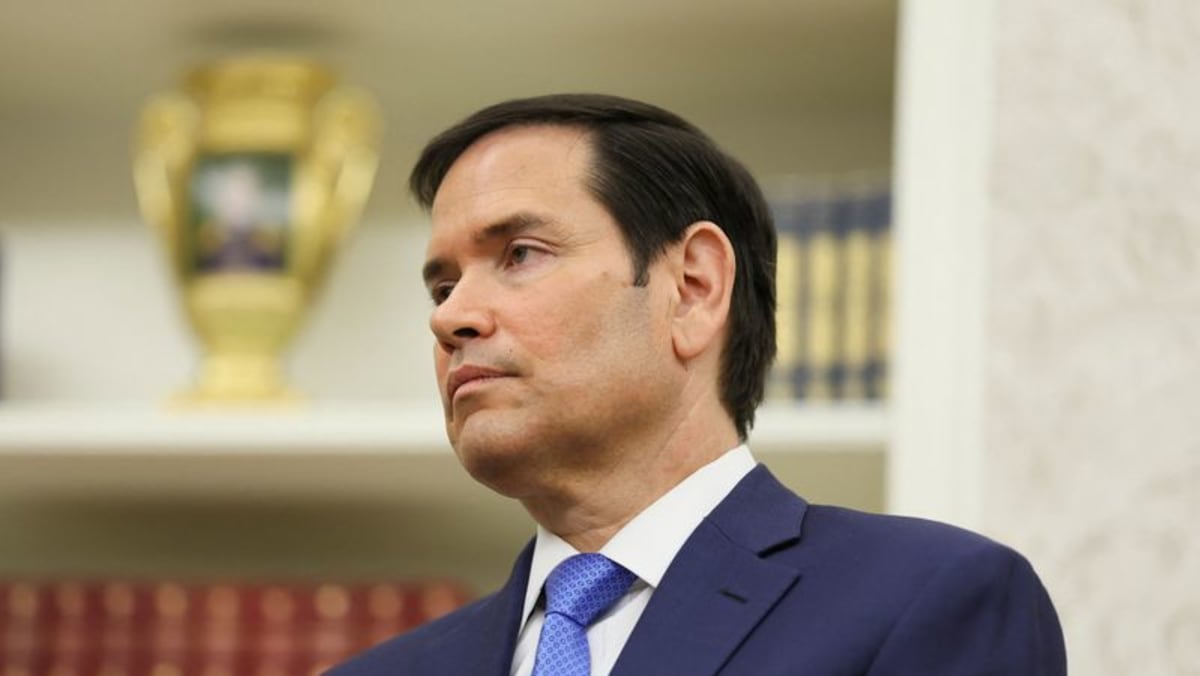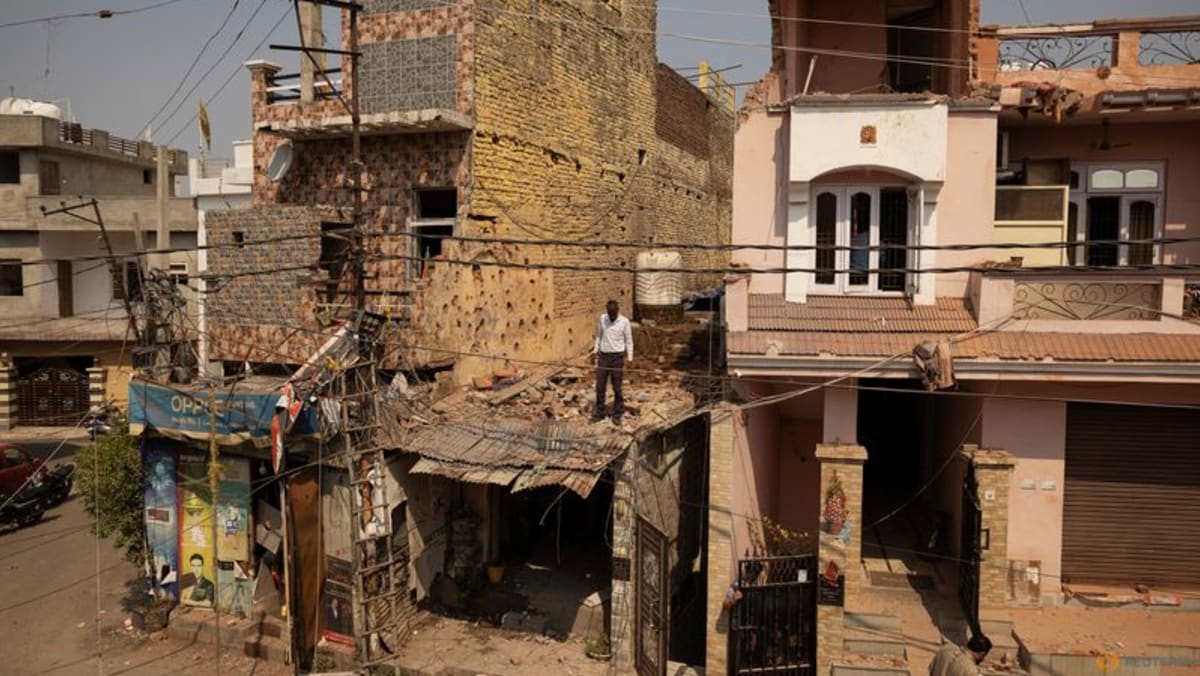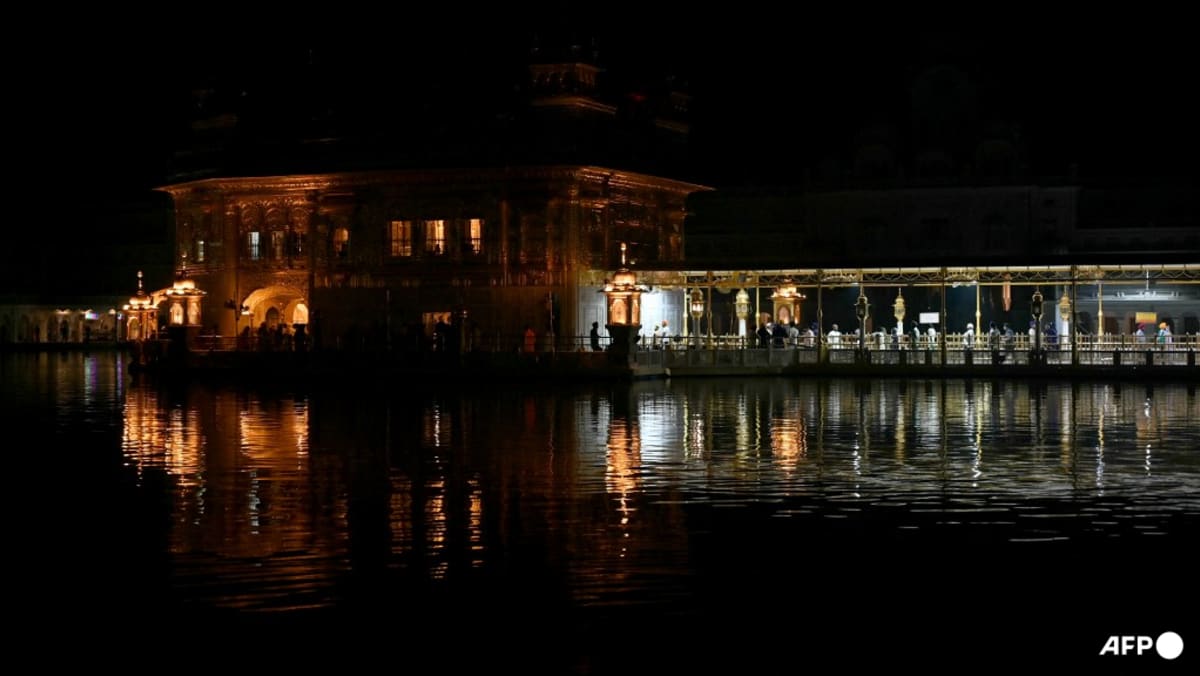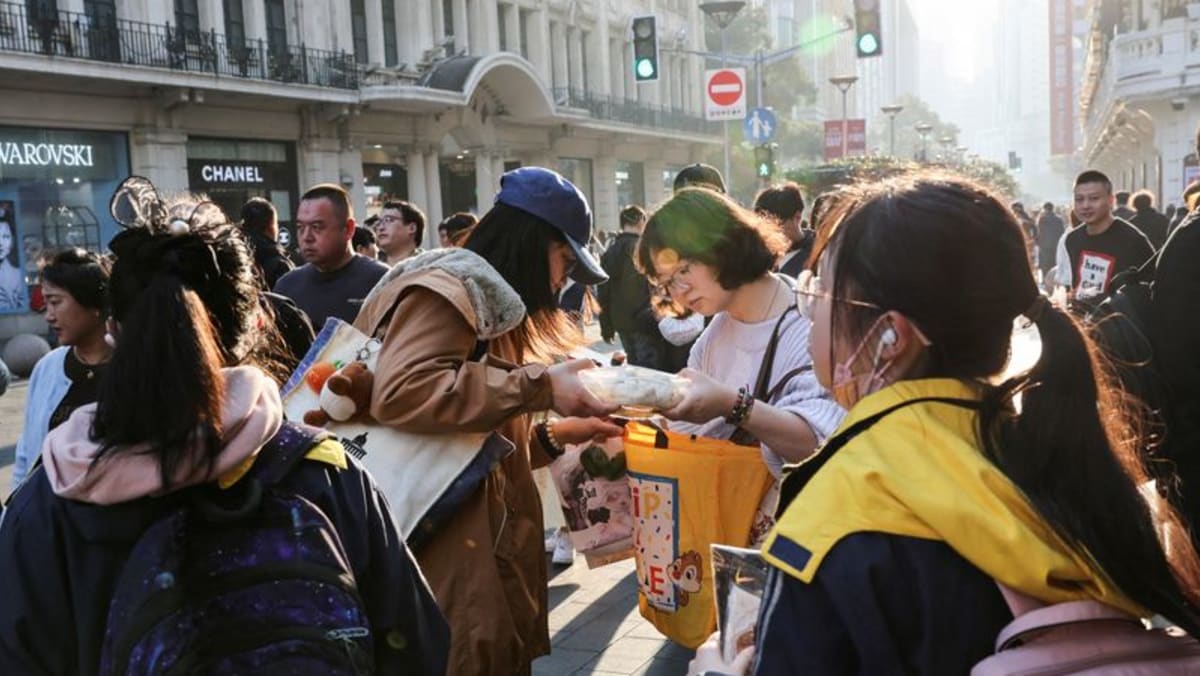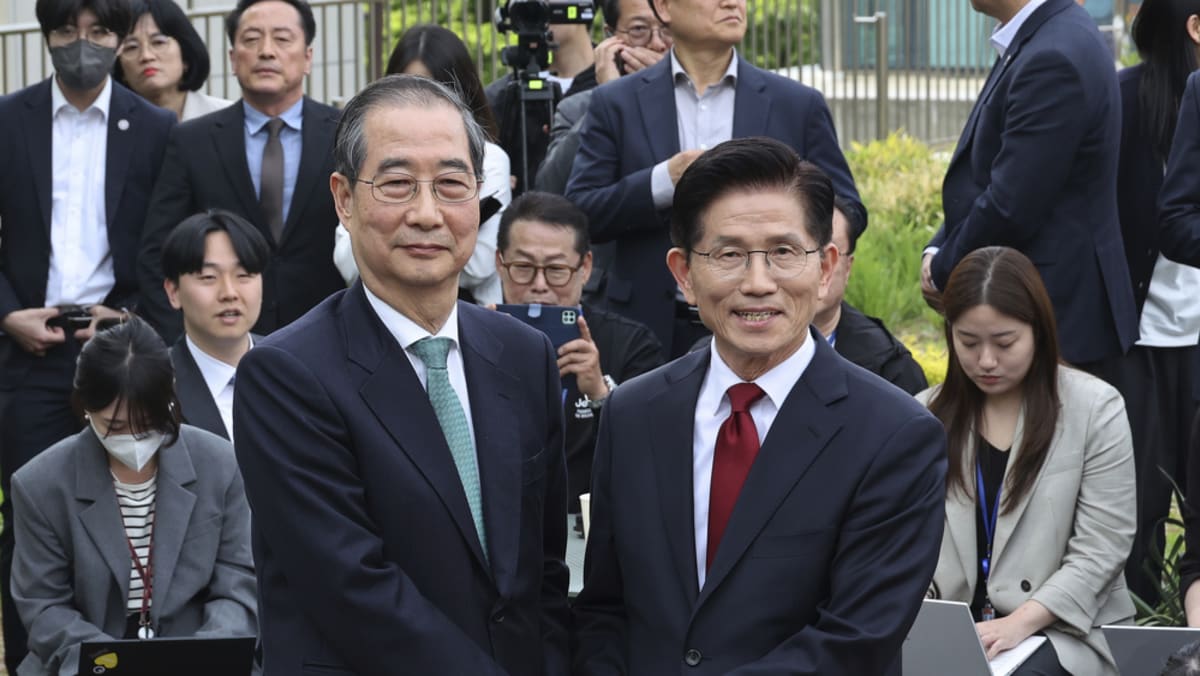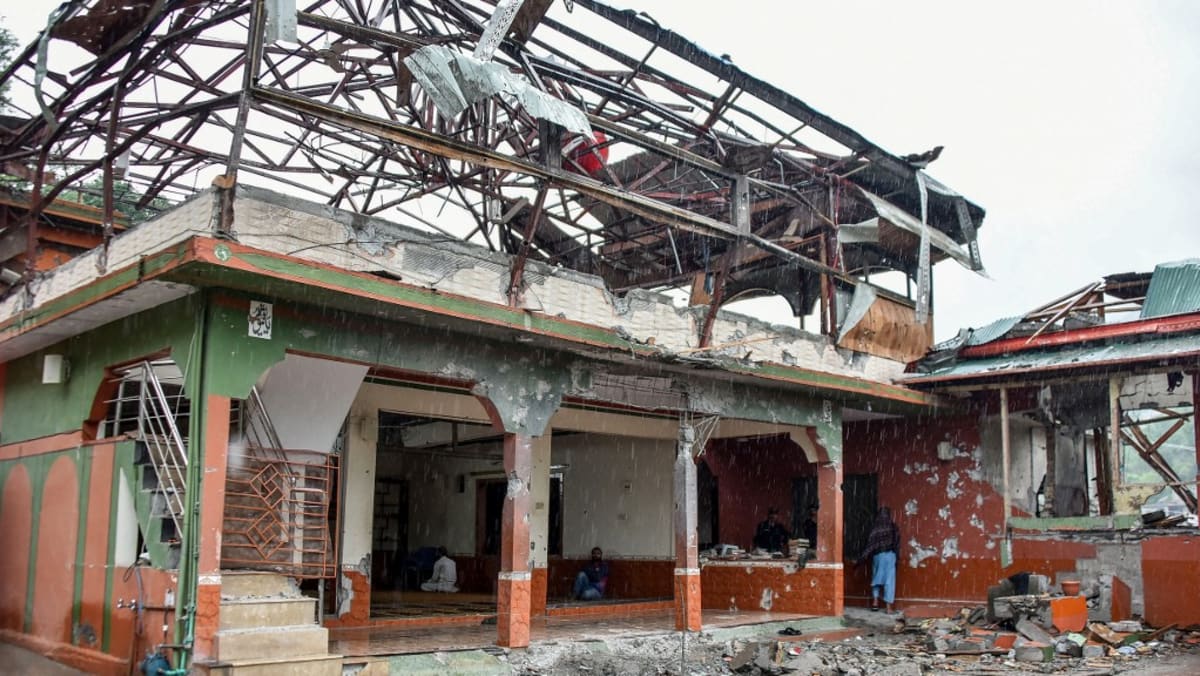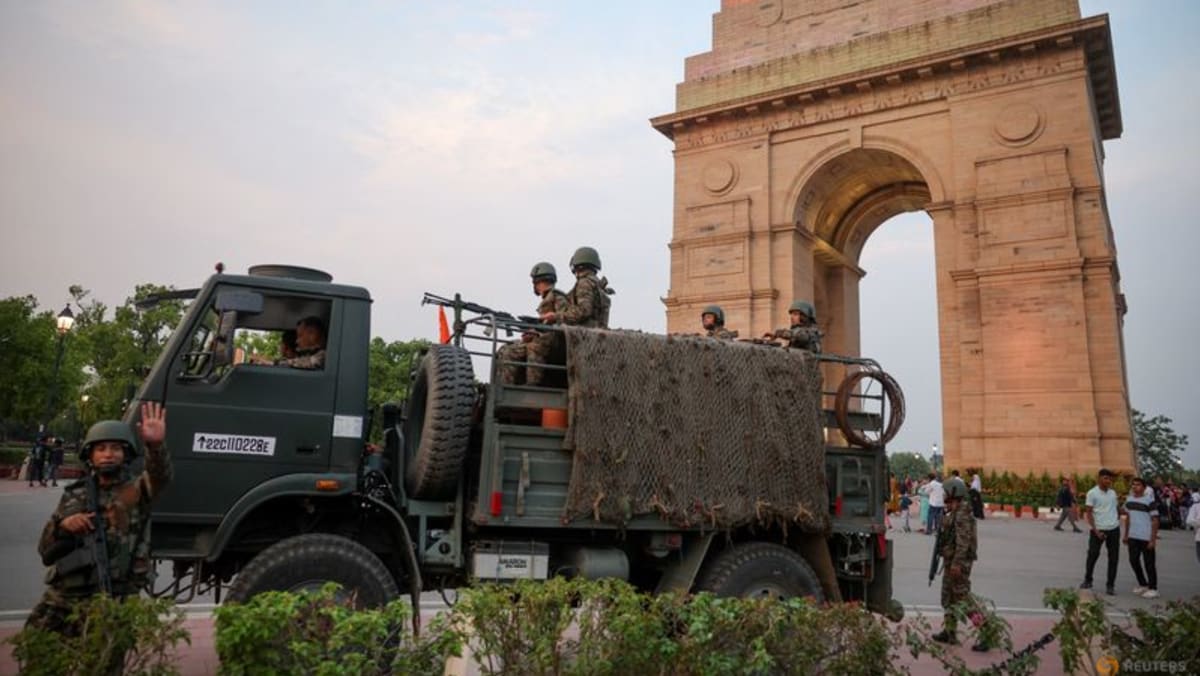Unknown Diary, a café housed in a converted waterfront warehouse, is one of many businesses that are part of Busan’s urban regeneration efforts.
Busan native Kim Mi-yeon opened the cafe six years ago, amid a sea of mostly shuttered factories in Yeongdo-gu.
The district on Yeongdo Island located on Busan’s southern edge was once known for its shipbuilding industry.
The government has classified it as a population extinction area after its number of residents halved from its heyday in the 1980s to 110,000 last year.
Kim said she chose to open her cafe in Yeongdo-gu instead of touristy seaside spots like Haeundae or Gwangalli because it felt authentic to her.
She added that being able to see the port and where shipbuilding workers live represents the real Busan, and that authenticity drew her in.
Unknown Diary and other cafes had to content with deserted surroundings and sparse footfall when they first opened for business.
But foot traffic gradually increased as more customers discovered the establishments.
One review by a customer stood out to Kim.
“Someone wrote, ‘This used to be such a scary place to walk through. Mumyeong Ilgi (Unknown Diary) lit it up. Thank you – I hope you stay for a long time.’ Reading that, I realised how much of a difference a well-maintained space can make in a community,” she told CNA.
She added she is hopeful that young people will slowly start coming back to Busan “if more long-lasting businesses, spaces and companies like ours emerge”.
GETTING RESIDENTS TO RETURN
Some said they would remain in Busan if they could find suitable jobs and salaries.
Kim Chul-jin, a manager who works in Dongseo University’s public affairs and communications department, is one Busan resident who returned after spending a decade in Seoul. He had moved to the capital to find work in video production.
He said he returned home as Seoul’s competitive environment made it difficult to settle down and start a family.
“The job market in Busan is definitely smaller, and salaries are lower. However, lower income comes with lower living costs… Even just outside the campus, there are affordable restaurants. Groceries are cheaper as well. So, while you earn less, you also spend less,” he said.
Lee Kyung-deok, director-general of Busan Metropolitan City’s planning bureau, said the rate of outward migration is slowing down.
“While youth out-migration has been a persistent issue, we see signs of stabilisation, with the rate of outflow slowing, compared to the past decade,” he added.
He said there is a need to improve awareness of job opportunities, and to connect local businesses that need employees with young people who said they cannot find jobs.
BUSAN AS A FUTURE HUB
Busan is also planning to improve its infrastructure with a new international airport, planned to be up and running by 2030.
Experts say the Gadeok Island New Airport could create more than 110,000 new jobs.
Lee said the airport will significantly improve accessibility to Busan. The city attracted close to three million foreign visitors in 2024, achieving a new record.
“Currently, there are only a few entry points for international travellers, so even those heading to Busan often have to pass through Incheon (International Airport),” he said.
Lee added that Busan’s position as a tourist city will be stronger once the new airport opens, with more flight routes and connections to other countries.

